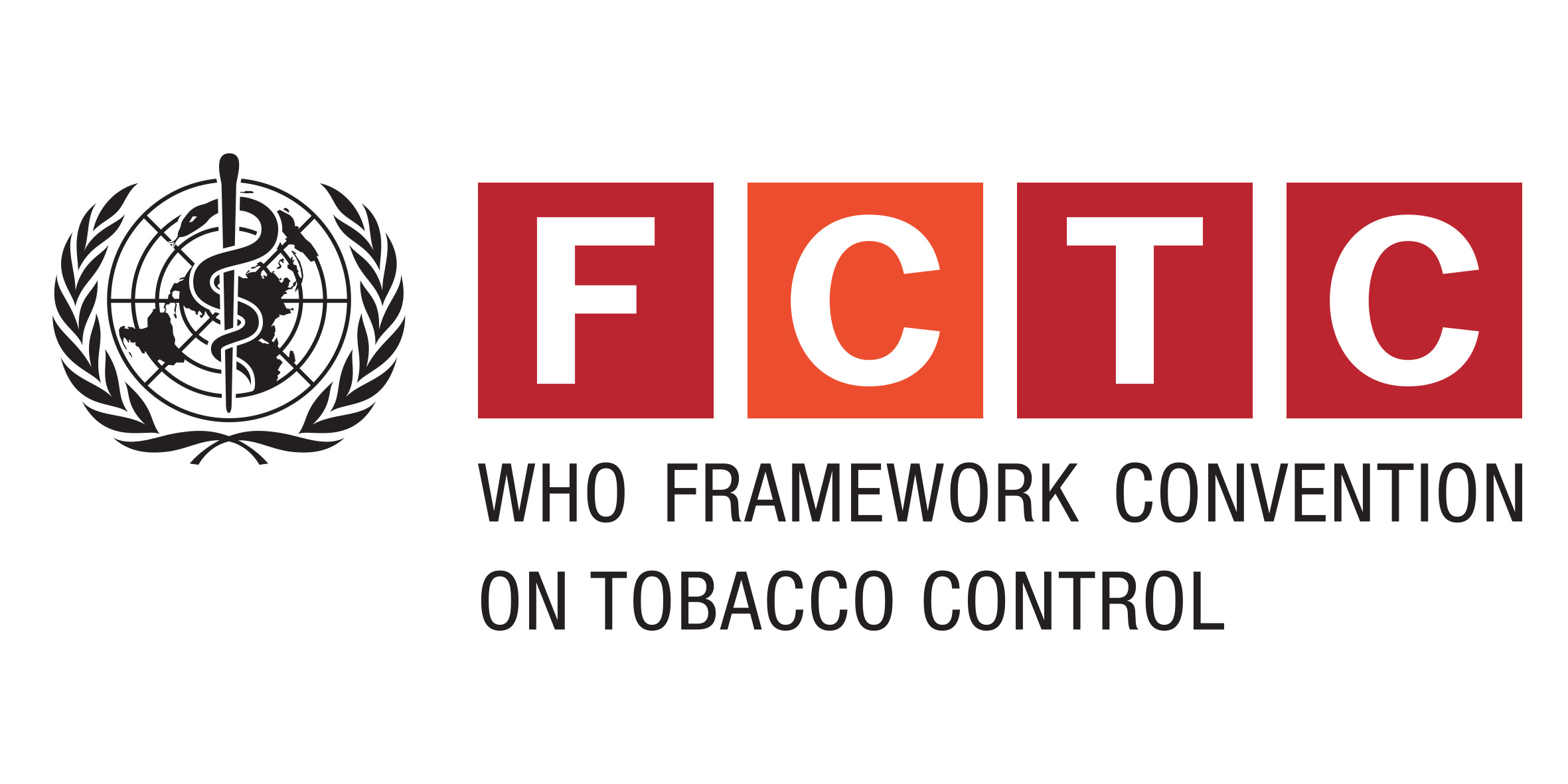Journal Article
Print(0)
Orvosi hetilap
Orv.Hetil.
/
142
20
1035
1043
0030-6002
Unknown(0)
The severe pulmonary disease caused by the inhalation of the different Legionella species is called Legionella pneumonia, while the name of the pulmonary disease caused by the most common Legionella (L. pneumophila) is Legionnaires' disease. Another type of disease caused by legionellae is Pontiac fever with influenza-like symptoms. Legionella spp. are facultative intracellular parasites. They survive within both monocytes in the human organism and amebae in the environment. To prevent and control the occurrence of legionelloses, legionellae should be surveyed and detected in the environmental (water pipes, air-conditioning systems, cooling towers, respiratory equipments, etc.) and clinical (blood, bronchoalveolar lavage, sputum, abscess, etc.) samples. Laboratory diagnosis is complicated by the limitations of the available assays. Thus, it is proposed that the microbiological laboratory diagnosis should be based on the simultaneous application of at least three methods (culturing [on BCYE medium], followed by biochemical assays, serology, molecular biologic methods, such as polymerase chain reaction [PCR], direct demonstration [immunofluorescence microscopy], antigen determination are the most important ones) and on the simultaneous demonstration from three different samples (e.g. lower respiratory tract secretions, sputum, urine, blood culture, serum, moreover, water samples from all potential infectious sources, sediment of hot water tanks, as well as swab samples of faucets and shower heads). The advantage of PCR is that is gives reliable results in one day, in contrast to conventional culturing. However, its sensitivity can not be improved by increasing the sample volume, and neither can it give quantitative results nor can it produce strains for epidemiologic studies, contrary to the method of culturing. It is concluded that PCR and culturing do complement, but do not substitute each other.
bacterial antigen, bacterial DNA, cell culture, diagnostic procedure, genetics, human, immunology, isolation and purification, Legionella, Legionella pneumophila, legionnaire disease, microbiology, polymerase chain reaction, review, standard
A legionellák epidemiológiája és laboratóriumi diagnosztikája.
MEDLINE
Embase
Szénási,Z., Endo,T., Yagita,K., Veréb,I., Nagy,E.
Szénási, Z., Szegedi Tudományegyetem, Szent-Györgyi Albert Orvos- és Gyógyszerésztudományi Centrum, Altalános Orvostudományi Kar, Klinikai Mikrobiológiai Diagnosztikai Intézet.
http://vp9py7xf3h.search.serialssolutions.com/?charset=utf-8&pmid=
2001

